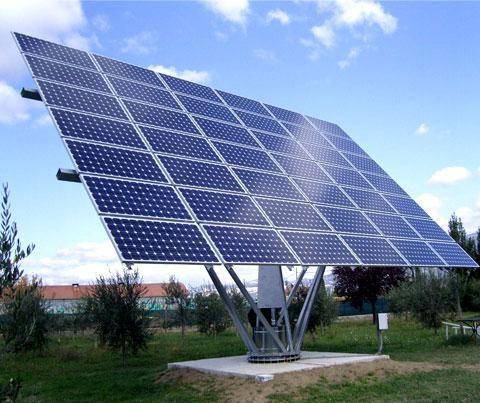Most of the cable ground faults we encountered were actually related to construction. Most of the construction workers are outsourced migrant workers, who are unskilled in procedures and have a low sense of responsibility. Therefore, unreasonable cable laying conditions often occur during the construction process. At the same time, the construction period is still tight. The construction party is handing over to the project management and control party. At the time, the handover work was not in place, resulting in the later management and control party not understanding the possible failures.
In power stations, string and centralized inverters are usually installed. How to deal with them in a targeted manner? Let me take a power station as an example to describe separately. Assume that the power station has 50 zones, 49 of which use string inverters, with a total of 835 units. Another zone uses centralized inverters, a total of 2 units.
 If cable grounding occurs, the performance of these two inverters is different. Among them, string inverters report low insulation resistance warning and shutdown, while centralized inverters report insulation resistance warning but do not stop operation, so the processing methods are also different.
If cable grounding occurs, the performance of these two inverters is different. Among them, string inverters report low insulation resistance warning and shutdown, while centralized inverters report insulation resistance warning but do not stop operation, so the processing methods are also different.
For string inverters, the inverter should be found first, and after shutdown, unplug each mc4 connector of the branch and measure the voltage to ground in order. Under normal circumstances (no grounding phenomenon), the voltage is low and generally does not exceed positive or negative. 10V. After it rains, the measurement will be higher at first, and the voltage will drop to the normal value as time increases.
If the voltage to ground exceeds plus or minus 500V and does not change, the other end of the text string should be basically zero, plus, and minus ends. The voltage should be a normal value of about 700V. At this time, it can be determined that the photovoltaic cable with a voltage to ground of about zero is grounded. Usually, the cable is broken, or the cable is not long enough. There is an mc4 connector in the ground to extend the cable. In the absence of waterproofing, a power station has eliminated 75 such faults.
For centralized inverters, disconnect the switches from each DC combiner box to the inverter from the inverter side, in turn, measure the voltage to the ground (the method is the same as above) to find a grounded combiner box, and then go down to find the branch for processing.
There are many procedures involved in the process of cable laying and wiring, and the overall is relatively complicated. It is more difficult to prevent defects during the construction process but still should pay attention to control the construction process, improve the quality and sense of responsibility of the personnel, and do not sacrifice due to the tight schedule The quality of the project is not worth the gain.





